The Eco Camp is surrounded by forest that is home to diverse group of wildlife. We wake up every morning to the sounds of long-tailed macaques, proboscis monkeys, and gibbons. At night we are sometimes lucky enough to see a Malay civet or common palm civet sneaking around the dining hall. We are also frequently visited by the camp bearded pig, named “Pinky.” Our class has been extremely lucky with our wildlife observations; however, we all know there is a plethora of wildlife we may never get to see that use the forest surrounding the Eco Camp.
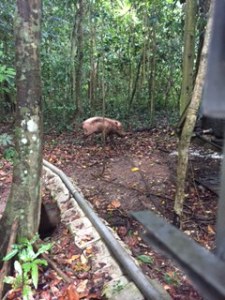
To better understand and document the wildlife using the forest surrounding the Eco Camp, we installed three camera traps to monitor wildlife. All three camera traps were placed at Reference Sites along transects that were established during the first week. The Reference Sites included the Tungog Lake North site, the Eco Camp site, and the Riparian Eco Camp site. In order to have the best chance of capturing wildlife, the camera traps were placed along existing animal trails and at an optimal height for viewing of small and medium sized wildlife. The camera traps were set up on mid-morning on Friday, 16 June 2017 and remained up until the morning of Friday, 23 June 2017.
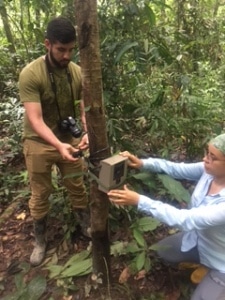
During our camera trapping efforts we also learned about Kopel’s camera trapping program. Kopel has a robust camera trapping program, and they have been monitoring areas of the Forest Reserve with camera traps since 2013. Some highlights of the past camera trapping efforts include videos of an orangutan, sun bear, and clouded leopard. Kopel is actively working to improve their overall Wildlife Monitoring Program, which includes preparing a Wildlife Monitoring Plan.
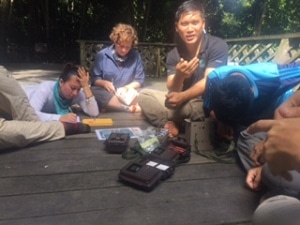
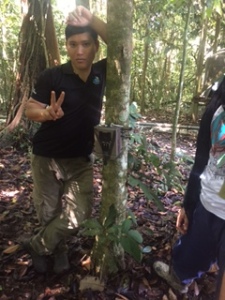
Our group’s wildlife viewing luck seemed to also pass into our camera trap placement. The camera traps captured a diverse swath of wildlife including Malay civet, monitor lizard, and several squirrels and birds. The biggest highlight was a male orangutan that was captured by the camera trap placed along the Tungog Lake North transect.
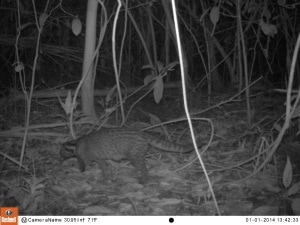
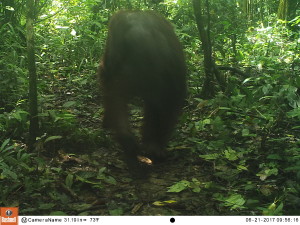
-Emily Mecke
